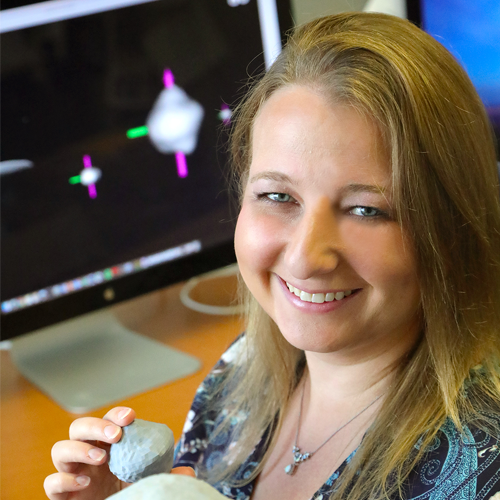Selected Projects
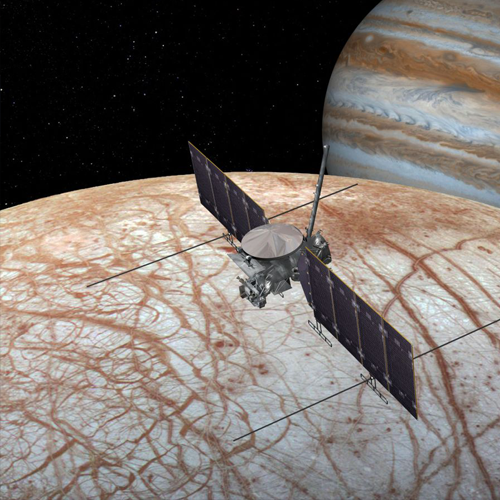
Europa Clipper
NASA's Europa Clipper will conduct detailed reconnaissance of Jupiter's moon Europa and investigate whether the icy moon could harbor conditions suitable for life. The Europa Ultraviolet Imaging Spectrograph (Europa-UVS) is considered the “plume hunter” for the mission, and will study Europa’s atmosphere, environment, and surface. This instrument is being built at the Southwest Research Institute, with significant involvement from the RSO group.
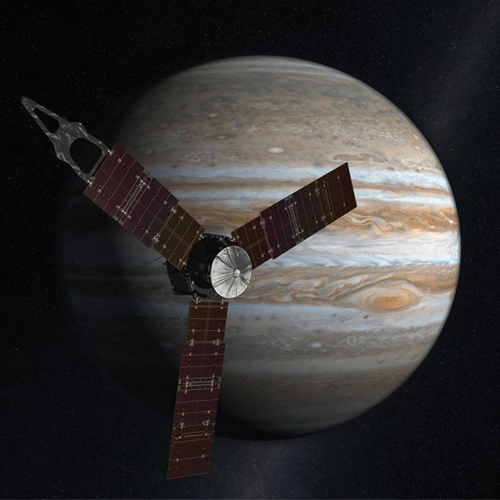
Juno
Juno is a solar-powered NASA funded spacecraft, which inserted into polar elliptical orbit around Jupiter on July 4 2016. Juno is designed to answer the following science questions: (1) how is Jupiter structured on the inside; (2) how did Jupiter form and shape the solar system formation; (3) how does Jupiter’s atmospheric structure and dynamics below the cloud tops work; (4) how does Jupiter polar magnetosphere work?
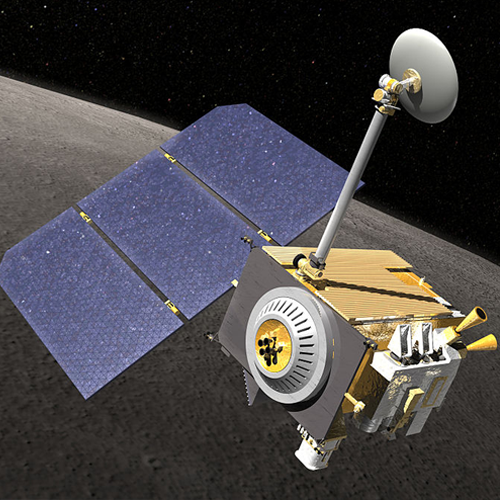
Lunar Reconnaissance Orbiter
The Lunar Reconnaissance Orbiter is a NASA robotic spacecraft currently orbiting the Moon in an eccentric polar mapping orbit. Data collected by LRO have been described as essential for planning NASA's future human and robotic missions to the Moon.

New Horizons
New Horizons is an interplanetary space probe that was launched as a part of NASA's New Frontiers program in 2006 with the primary mission to perform a flyby study of the Pluto system in 2015, and a secondary mission to fly by and study one or more other Kuiper belt objects (KBOs).

TEXES
TEXES is a high-resolution mid-infrared spectrograph that has been a regular visitor instrument at NASA’s Infrared Telescope Facility and the Gemini North telescope for the last twenty years. During this time, it has been used to observe a wide range of targets, from star forming regions to planets and moons in the solar system. The high spectral resolution (R=80,000) capabilities of the instrument allow molecular absorption/emission lines to be spectrally separated, while the TEXES scan-map mode means that spectral image cubes can be built up for extended objects.
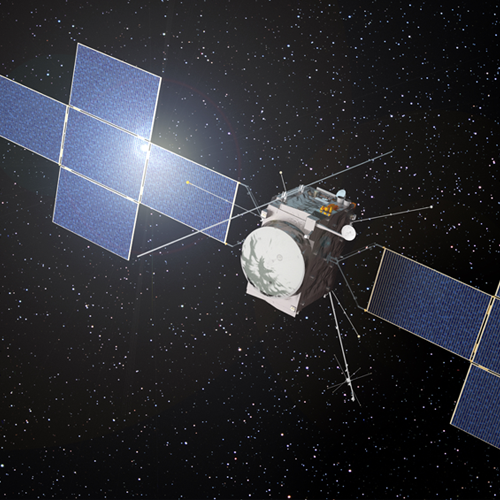
JUICE
JUICE is a European Space Agency mission launching in 2022, with the goal of characterizing Jupiter’s three icy moons – Europa, Ganymede and Callisto. These moons are of particular scientific interest as they are considered to be among the most potentially habitable places in the solar system. The mission will also study Jupiter itself, providing new insights into the ways in which gas giant planets form and evolve. JUICE will reach the Jupiter system in 2029 and will perform a series of flybys of the icy moons before entering into orbit around Ganymede, becoming the first spacecraft to orbit any solar system moon other than our own.

